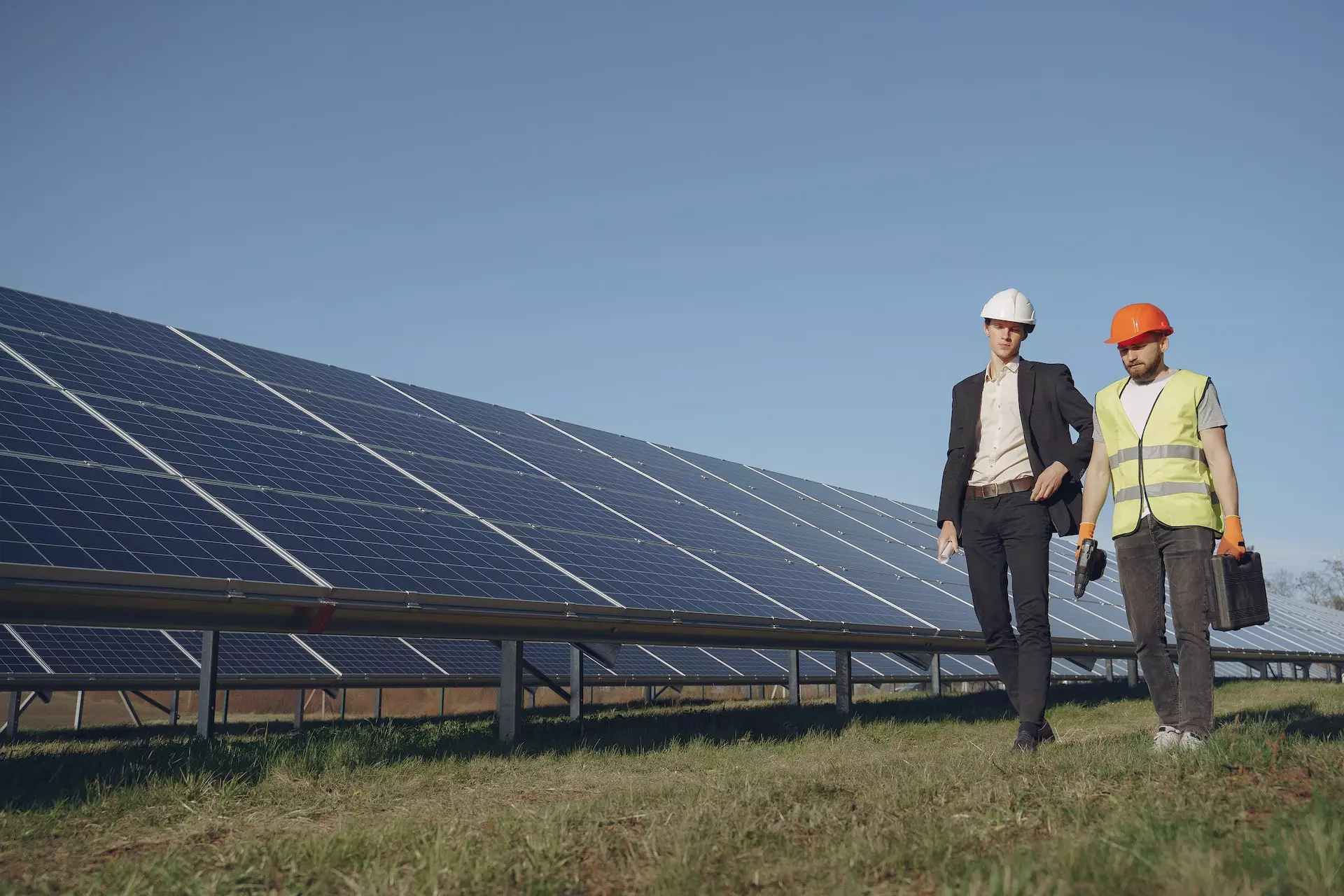The demand for electricians will only grow in the next decade as the U.S. electrical grid retools to accommodate renewable energy, off-grid power banks for homes and businesses and the growing prevalence of electric cars charging stations.
In California, aerospace, defense and automotive factories in need maintenance electricians; homebuilders and commercial contractors need residential electricians; and many sectors of the entertainment industry rely on electricians to function.
As such, an electrician career in California can be a stable and relatively lucrative choice.

How Much Do Electricians Make in California?
California is one of the most expensive places to live in the U.S. The requirements for becoming an electrician in the state are also some of the most rigorous in the U.S.
But that means electricians in California are also some of the highest-paid in the U.S., averaging roughly $75,000 per year ($36.06/hour) in most California metro areas, according to SkillsetGroup’s 2023 Salary Guides.
Lower-end salaries/wages in California for certified electricians come in at around $66,000/year ($31.73/hour) based on SkillsetGroup’s Orange County and LA salary guides, whereas experienced C-10 electricians at the top of their careers can make more than $80,000.
You can expect to make an electrician starting salary of roughly $52,000/year ($25/hour) if you were just certified and have no work experience outside your apprenticeship, say the recruiters at SkillsetGroup’s Skilled Trades Division.
Other electrician salary averages, geographically adjusted by California city:
How Long Does It Take to Become an Electrician in California?
Any company or contractor that provides electrician service in California has a class C-10 license. As a C-10 electrician, you can go for a general license or specialize by obtaining any of the following certifications:
California General Electrician
Becoming a general electrician requires 8,000 hours (about four years) of specific work in different aspects of electrical work, according to the California Department of Industrial Relations. Electrician candidates must pass the state exams once they’ve completed the apprenticeship hours. Apprenticeship hours may include work in any two or more of the following areas:
- Troubleshooting and Maintenance
- Finish Work and Fixtures
- Fire/Life Safety, Nurse Call
- Industrial Wiring
- Voice Data and Video Installation
- Underground Conduit Installation
- Stock Room and Material Handling
- Residential Wiring
- Commercial Wiring
California Residential Electrician
The residential electrician certification is a bit easier to obtain, requiring 4,800 hours of work in any two or more of the following aspects of the job, according to the California DIR:
- Fire/Life Safety
- Underground Conduit Installation
- Troubleshooting and Maintenance
- Finish Work and Fixtures
- Stock Room and Material Handling
- Residential Wiring
- Voice Data and Video Installation
Fire/Life/Safety Technician
This certification allows you to work on communications and alarm systems for building, hospitals, fire departments and police agencies, among others. The requirement is 4,000 of experience in any two or more of the following areas, according to California DIR:
- Nurse Call Systems
- Proprietary systems training related to Fire/Life Safety
- Stock Room and Material Handling
- Installation, including wire pulling, terminations, control panels devices and finish work
- Troubleshooting and Maintenance
Voice Data/Video Technician
This certification qualifies you to work on communications and entertainment systems that involve video and voice transmission. The certification requires 4,000 in any two or more of the following areas:
- Stock room and material handling
- Installations, including wire pulling, teminations, control panel devices, and finish work
- Troubleshooting and maintenance
- Trade specific training related to Voice, Data, Video
Non-Residential Lighting Technician
The least onerous electrician requirements in California are for non-residential lighting technicians. The state only requires 2,000 hours in any two or more of the following areas:
- Stock room and material handling
- Maintenance of lighting fixtures
- Installation of retrofit fixtures
- Troubleshooting and repairing
The DIR created a useful tool to help you figure out your next steps in electrician certification based on the experience you already have.
What Are Classroom and Testing Requirements to be an Electrician in California?
If you’re learning on the job and don’t qualify to sit for the exams until you have more hours, you can still do work as a registered electrician trainee – here’s a link to the form.
Part of the submission is to furnish proof you’re attending a certified electrician school or program. Here is a list of California schools approved to provide this instruction from the DIR. The DIR’s Division of Labor Standards Enforcement will approve your testing application and send you an eligibility notice. At that point, you can schedule your exam using the links here, as well as sample test questions.

How to Become an Electrical Apprentice in California
The road to even the lowest-level certification is long, but trainees earn a paycheck as they complete them through a registered apprenticeship provider. These are companies or individual C-10 electrical contractors who register with the state to be able to provide and document training hours for electrician hopefuls.
“Qualities that successful apprentices share include perseverance, ambition, and initiative,” the DIR states in its apprenticeship standards. “Educational requirements vary; some programs prefer applicants with a high school diploma or its equivalent, while others may have more rigorous standards, and some have no educational requirement. Some programs require you to take an aptitude or other kinds of test. Most programs require English proficiency.”
The DIR provides a search tool for prospective electricians and trainees to link up with approved apprenticeship programs.
How Do I Start an Electrician Apprenticeship Program in California?
If you already have a C-10 license in California and want to take on a trainee, contact the DIR’s Division of Apprenticeship Standards. You can learn all the steps you need to set up your program. Important considerations when putting together your application:
- What specific electrician occupations does your business need?
- What specific certifications do you want your apprentices to obtain?
- How many hours of supervised on-the-job training are necessary for someone to acquire proficiency or mastery of those skills?
- Does your business have an existing training program?
You will have to meet up with officials a local electrician school and form an agreement to affiliate with you to provide the necessary classroom instruction component and to approve your curriculum for on-the-job training.

